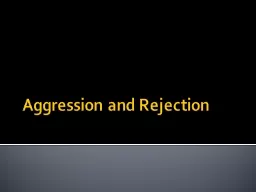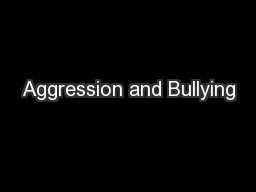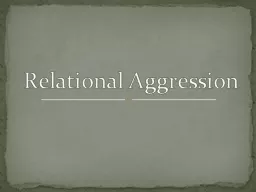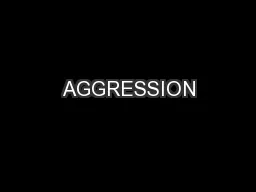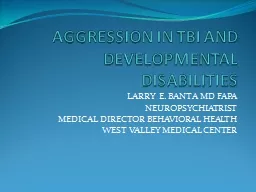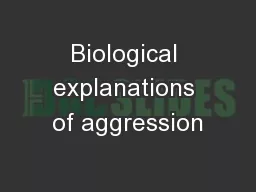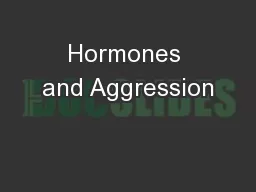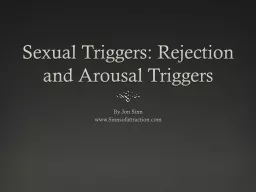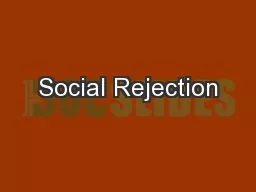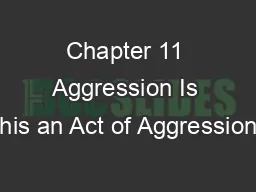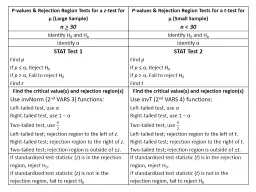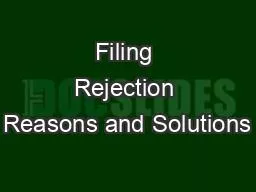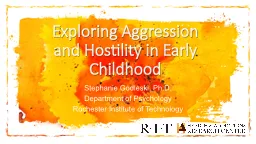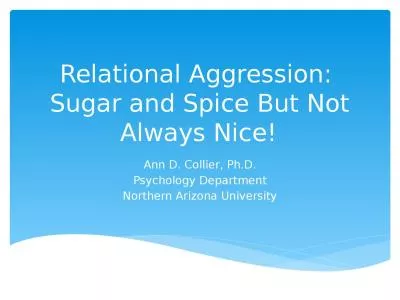PPT-Aggression and Rejection
Author : min-jolicoeur | Published Date : 2016-07-01
Types of aggression Physical vs verbal Relational includes ostracism Direct and indirect Displaced and Triggered displaced Active vs passive Reactive vs proactive
Presentation Embed Code
Download Presentation
Download Presentation The PPT/PDF document "Aggression and Rejection" is the property of its rightful owner. Permission is granted to download and print the materials on this website for personal, non-commercial use only, and to display it on your personal computer provided you do not modify the materials and that you retain all copyright notices contained in the materials. By downloading content from our website, you accept the terms of this agreement.
Aggression and Rejection: Transcript
Download Rules Of Document
"Aggression and Rejection"The content belongs to its owner. You may download and print it for personal use, without modification, and keep all copyright notices. By downloading, you agree to these terms.
Related Documents

